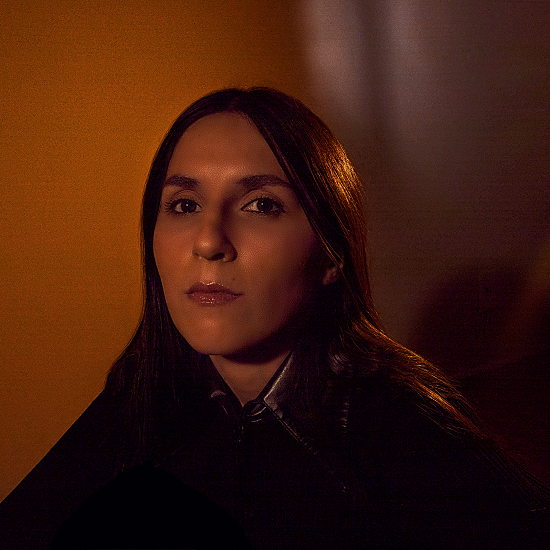Nite Jewel’s No Sun is a controlled, melancholic album – a break-up album, funky and brooding. By day, Nite Jewel – real name Ramona Gonzales – teaches at UCLA, writing on women’s contemporary lament practices, working through “(why) we enjoy Lana saying she’s born to die… we are accustomed in a sadomasochistic exchange of desire and the erotic to enjoy women’s suffering in music” So I wasn’t expecting her to be so fun.
She dials in from LA and, laughing, talks at rapid-fire pace about Freud (“the death drive is very important for thinking about performance and music”), karaoke (“only fun if you flub it”) and Hegel. She is so high-energy and charming that I completely forget to land all the intrusive personal questions about the circumstances that bore No Sun (divorce, naturally).
She rhapsodises about Rosalía and synth pedals, shouts that she wants to make a prog album, and coyly reveals that she used to be in a Kraftwerk cover band. This interview has been heavily edited for concision, because otherwise you’d be reading a transcript of two women talking about Nietzsche for ten minutes.
Nite Jewel’s new album No Sun is out now via Gloriette. To begin reading her Baker’s Dozen, click the picture of her below


